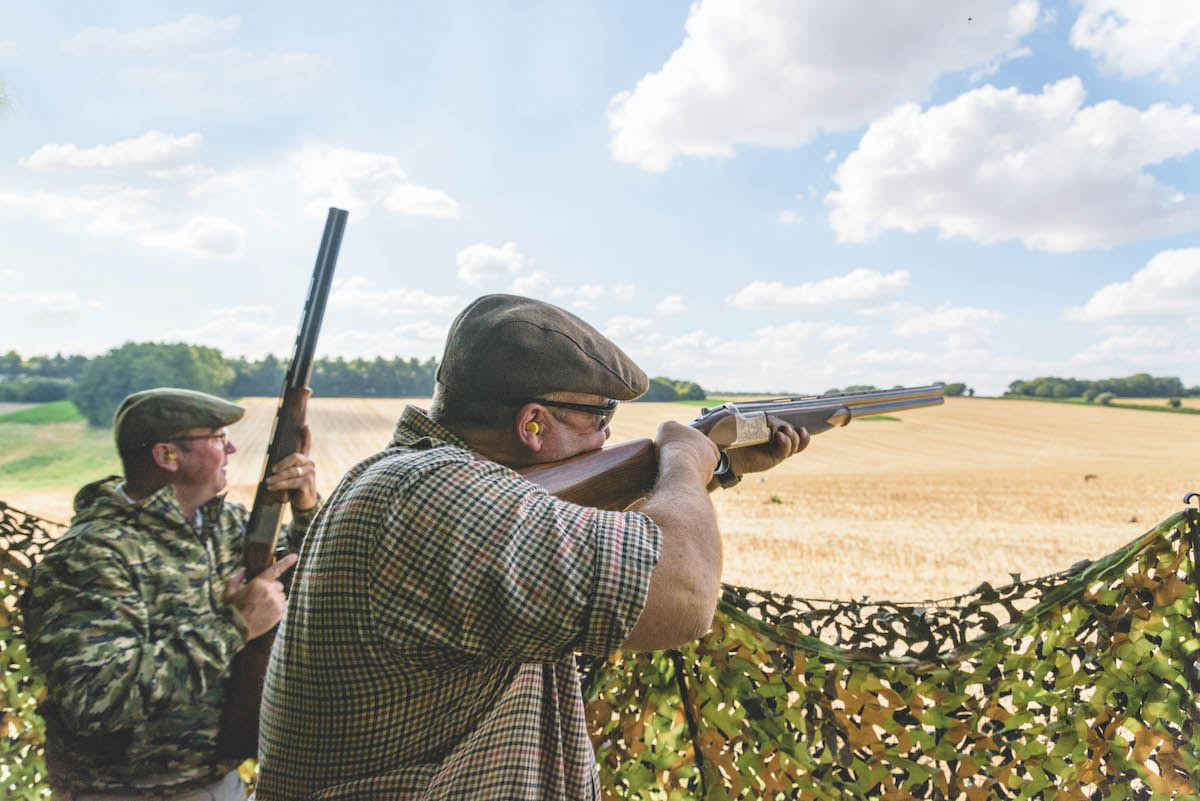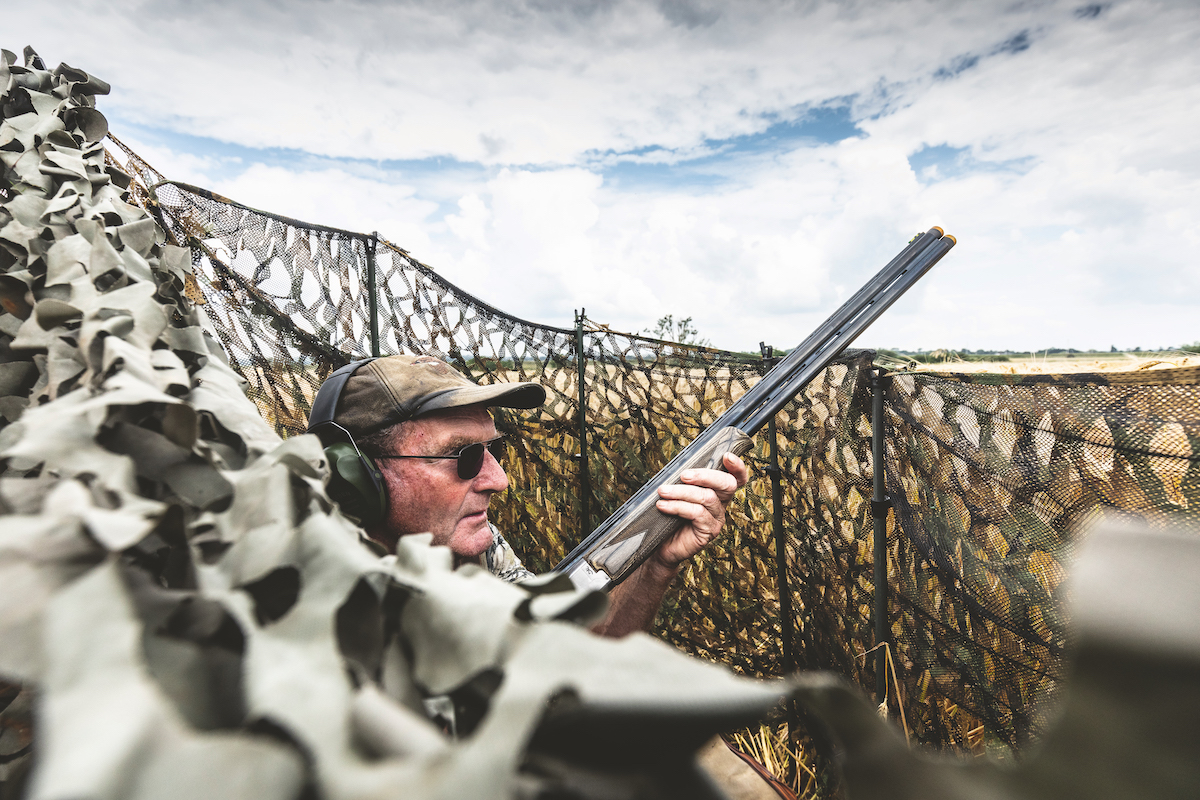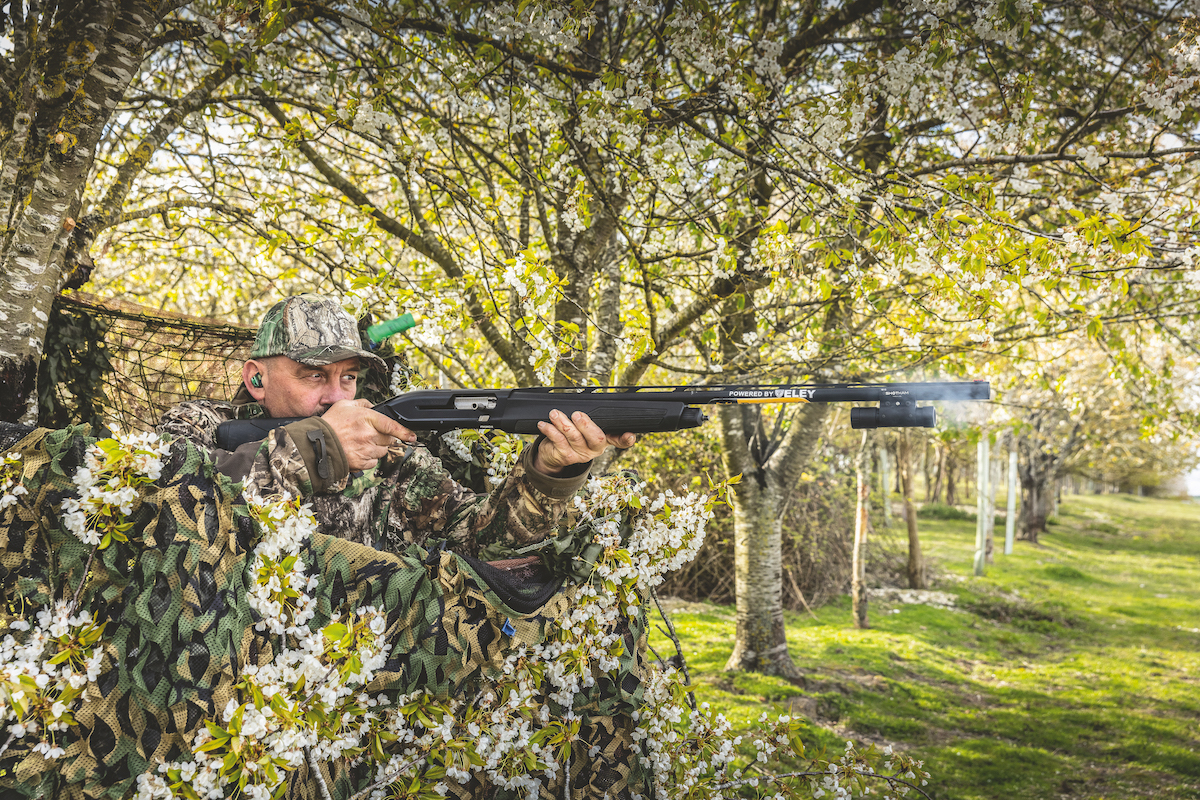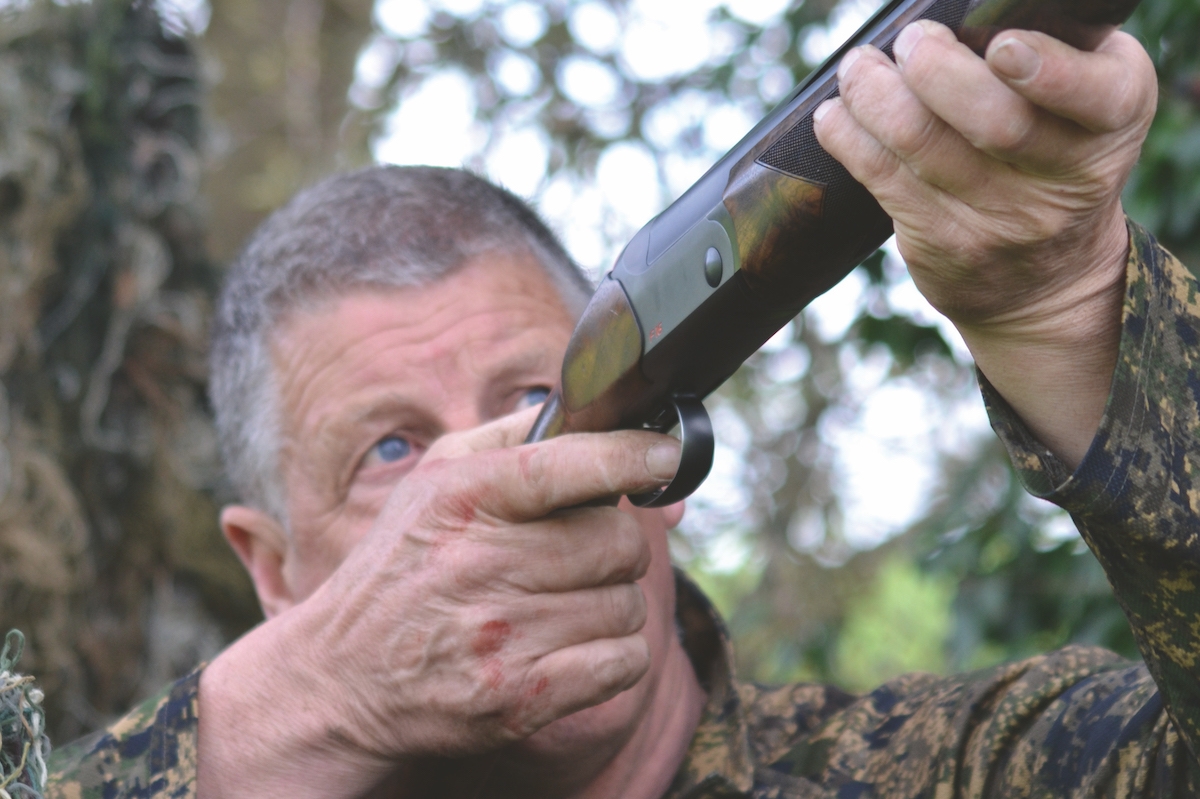What do you get from a pigeon guide?
Tom Payne considers the merits of a pigeon guide and what to look for before you part with your cash

Guided pigeon shooting being sold for sport has enjoyed a surge in popularity over the past 30 years
As I consider the current landscape of pigeon shooting, my mind takes me to shuffling across stubble fields on blustery days during harvest, when the wind is warm and there are birds everywhere. It just so happens that, as I write, it is also the birthday of the father of modern pigeon shooting, Major Archie Coats; he would have been 107 today (2 August). I wonder what he would make of the current trends in the sport?
Between frantic bursts of high-octane shooting, on those perfect days, you retreat to your thoughts and your flask of tea, ready for the next bird.
That’s how it should anyway, but so often it isn’t. To shoot a good bag takes time and fieldcraft. The answer, perhaps, is a guide, which often represents great value for money. A small sample of the costings across Yorkshire, Staffordshire and the Home Counties showed an average of around £200 per Gun per day for fully guided experiences over decoys with expected bags of around 100 birds.

Major Archie Coats was the father of modern pigeon shooting, once totalling a bag of 550 birds by himself on a single day in 1962
Vermin status
In this day and age of correctly conscientious members of the shooting fraternity and the relentless decline of most bird populations, it is worth clarifying that the woodpigeon is an agricultural pest. The woodpigeon is a fabulous generalist and, with over five million breeding pairs in the UK capable of reproducing year round, its numbers are healthy. Because of its vermin status, pigeon shooters can control and manage the numbers throughout the year, to protect crops and to help reduce the financial impact the pigeon has on farms.

Legally, shooters do not need to wait for crop damage before carrying out pigeon control
Legally, you do not need to wait for crop damage or predation before carrying out pigeon control. Defra’s general licence (GL) allows shooters to take preventative measures, so you do not need to wait until the damage has happened. Secondly, the GL allows preventative action and crop protection through all forms of pigeon shooting technique. This includes decoying all year round, roost shooting and flighting to and from crops. As an example of prevention, shooting over stubbles is an exceptional form of management and can really help reduce numbers that could cause damage during the autumn and winter months.
Guided pigeon shooting being sold for sport has become more commonplace in the past 30 years. By this, I mean pigeon shooting guides with permissions on various grounds taking paying clients out to help with the management of birds over certain farms and estates. This works well in part because the shooter (or guide) is duty bound to the landowner to control and manage the pigeons. In some cases, this can be tricky to do alone, so allowing a paying guest to assist is extremely helpful.
I know of exceptional Shots who don’t have the time and so will pay a guide to shoot their ground. This helps three-fold. The pigeon guide makes a wage, the numbers are managed well because of good, knowledgeable and safe Shots and the farmers’ finances are saved from the hit that these birds can cause.

Picking up pigeons over barley
Sustainable wild meat
So, why is guided pigeon shooting becoming more popular? It has always appealed to foreign Guns. They don’t just see the bird simply as an agricultural pest, but also as a fantastic wild meat often found nesting among chorizo and beetroot puree in their favourite Knightsbridge restaurants. Fortunately for us, it’s arguably the most sustainable wild meat too, one that really should be championed more.
Truth is, foreign Guns aren’t going to be doing much recon and nor are city boys – pigeon shooting is now recognised as great sport and it’s now popular among the well-heeled too, whereas, at points, it’s been a working man’s game. With the considerable increase in the cost of game shooting in the UK, are we about to see an explosion in demand for Guns wanting to shoot pigeons? The cost for pigeon shooting caries from a fixed price for the day, to DIY packages, to cost per bird, and even cost per shot if you don’t shoot very well. Each option has its merits.
I caught up with Ivan Luff, a pigeon shooting guide and keeper from Home Counties Sporting, based in Berkshire. He extolled not only the cost benefits but also the sporting benefits of the woodpigeon: “They’re like driven grouse when they come low across the stubble and you’ve got the right wind.”
Ivan went on to tell me that a little birdie in the ornithology world had told him that 40,000 pigeons had come over from France this summer. They hugged the south coast right down to Cornwall, resulting in some shoots down that way with just two or three Guns enjoying 200-bird days, still for the fixed cost of just a few hundred pounds a head. Comparing helping a pigeon guide manage his numbers to a driven pheasant day at sometimes £80 a bird makes for a tough comparison.
For me, pigeon shooting is a tradition and an art form. It takes years to learn the invisible highways along which they transit through woods and across fields, yet still I find myself refining the craft. With fluctuations in agriculture and weather, no two years are ever the same. Learning the ground that you have permission on and the different behaviours in different areas throughout the year is a joy but takes time, whether it is time spent in the hide or behind a pair of binoculars watching on reconnaissance trips.
It is this research service that you pay for if eschewing the DIY set-up and plumping for a guide with their hard-learned local knowledge. For the most part this is a wise investment.

Taking clients out to shoot pigeons is a valuable opportunity to pass on knowledge and understanding
I have pigeon guided and, when done correctly, it is an asset to the farmer. I would also aim to educate those I was shooting with. Passing on the knowledge helps people understand the importance and skill of a pigeon shooter.
Just as there are good guides, be warned that there are a handful of not such professional ones. Being put in a hedge and effectively used as a bird scarer for a fixed price is not managing pigeons and, in some instances, guides fail to show up at all. These guides are rare, but it pays to be alert to this kind of chicanery.
Controlling numbers
It is also worth noting that you are paying to control pigeons, but this is not guaranteed. A bag size will not happen simply because you part with your cash. For a less-experienced Shot, in order to control a good number, you will need to have a lot of shooting. The top Shots need far fewer birds.
I agree with this approach, because guides need to manage good numbers when the opportunity arises. Ivan mentioned he aims for shot to bird ratios of 2:1 when it is him and his
pals, but often with paying clients it can slip to 4:1.
It is important to at least try to understand how to manage woodpigeons when booking time with a guide, from recon and fieldcraft to decoying and the ability to kill effectively and cleanly, as well as dressing birds. However, I can’t help but feel that unless you actually do the recon yourself, eventually, you’ll never truly understand the ways of woodpigeons and surely, that’s half the fun of the whole thing.
Note: In order to be allowed to manage woodie numbers successfully, all pigeon shooters must comply with general licence 42, the terms and conditions of which are clear and straightforward.








